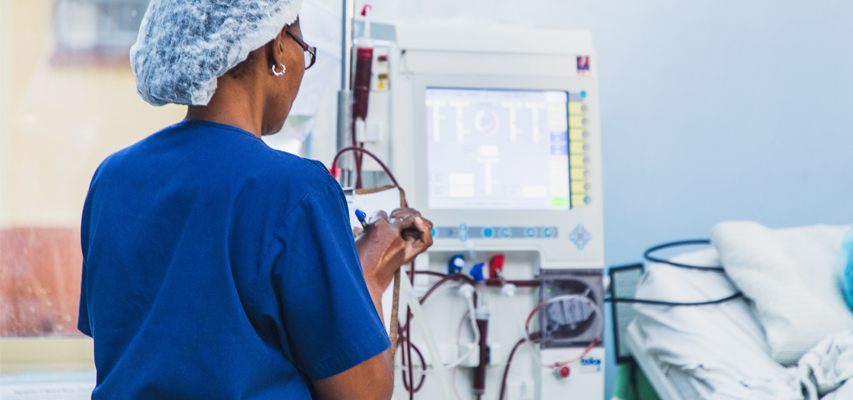
As already seen, Kenya is a signatory to the Alma-Ata Declaration of 1978 and several others, including the Bamako Initiative of 1988, and the Millennium Development Goals of 2000, and now the SDGs and the Astana Declaration.
It is in 2005 that Kenya moved from a concentration on the disease burden to the promotion of individual and community health. This was defined in the second National Health Sector Strategic Plan (NHSSP II: 2005-2010).
Around that time, the Ministry of Health introduced the Kenya Essential Package for Health, KEPH, whose primary component was level one service; having individuals, households and communities take charge of their own health. Under KEPH, the Ministry launched the community health strategy, complete with a training guide for community health extension workers.
Launched on June 22, 2007, the Community Health Strategy identified community health extension workers (CHEWs) as key in achieving level one health services.
Having been trained, the CHEWs would then be able to empower community health workers who live within the communities and families. Since they are respected, they are bound to be listened to.
Indeed, (PHC) provides a policy basis for community health. As a human right envisioned in the 2010 Constitution, health also features prominently in the Vision 2030 under the Social Pillar, thus the Ministry of Health says that as a signatory to the Alma-Ata Declaration, Kenya always adheres to commitments and principles and it cites significant progress made in strengthening health systems to align with primary healthcare.
These include increased financing for health and improved quality, efficiency and responsiveness of health services, along with fostering partnerships and establishing strong health systems. Since the last conference, Kenya has increased the number of health facilities, both public and private, from 808 in 1978 to more than 6,000 today and the number of human resources from 16,384 to more than 65,000.
This has seen an improvement in life expectancy from an average 48 years in 1978 to 65 years today. An older generation in any country is an indication of healthy living and wellbeing.
During the same period, according to the Ministry of Health, the under-five mortality in Kenya has reduced from 175 deaths per 1,000 live births to 54 deaths per 1,000 live births, and maternal mortality ratio from more than 800 deaths per 100,000 deliveries in 1978 to 362 deaths per 100,000 deliveries. There has been increased use of modern contraceptives, from 7 percent to 52 percent while the fertility rate reduced from 8.1 percent to the current 3.8 percent per woman.
During the same period, the proportion of deliveries by skilled personnel increased to 62 percent, and the proportion of fully immunised under-one-year children also increased to 80 percent, while reducing the proportion of malaria fatalities and TB infections.
In 1978, when the declaration was being signed, a strange virus had just started wreaking havoc. First identified in the US among gay men, it was diagnosed in Kenya in 1984. Since then and through to the 1990s, HIV ravaged the nation at an alarming rate, upwards of 14 percent. In 1999, then President Daniel arap Moi declared it a national disaster.
This prompted the country to change tack and, after concerted efforts including establishment of the National Aids Control Council soon after Moi’s declaration, the prevalence has reduced to 5.6 percent, with most people well informed about the causes and prevention of HIV.
In the same period, diseases like smallpox have been eradicated, as has the guinea worm threat and maternal and neonatal tetanus.
Former Health Cabinet Secretary Sicily Kariuki believes that these achievements are due to investments in PHC, although, in an opinion article published in October 2018 when Kenya hosted the African Union Maternal and Child Health Conference in Nairobi, she said more still needs to be done:
“…we need to ensure that healthcare services are available in communities through recruitment and training of community health workers who would ensure that every child is immunised, every mother receives antenatal care and postnatal care and that every family has access to information on how they can live healthier lives.”
She added, “let us continue to invest in education, particularly of young girls. We know that keeping girls in school longer not only protects them from unplanned pregnancies and HIV infections but also has long-term benefits. We know that women with a higher level of education are more likely to maintain hygiene, breastfeed their children and use family planning methods, hence improve their personal health and that of their children.
“Lastly, we must intensify interventions against diseases that kill children and women. Kenya was certified free of maternal and neonatal tetanus early this year (2018) and we look forward to being a polio free country in the next few years.”
